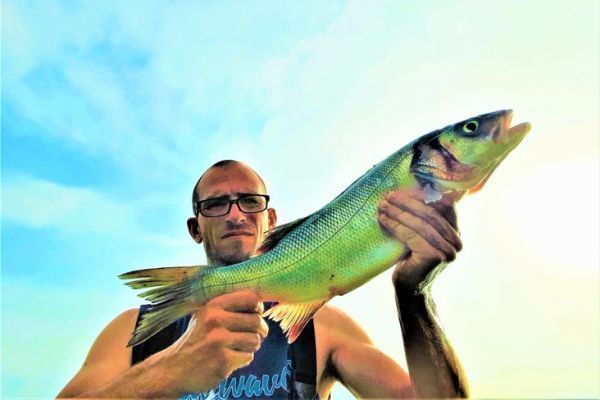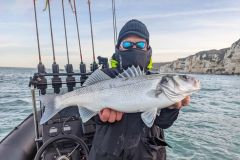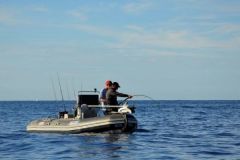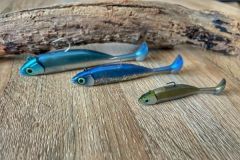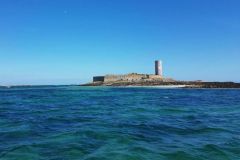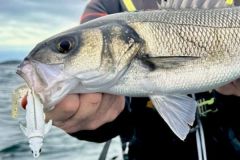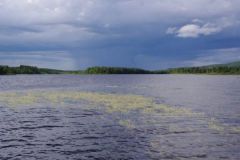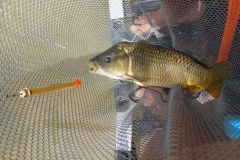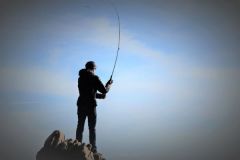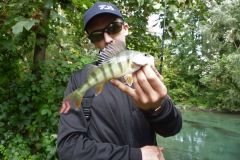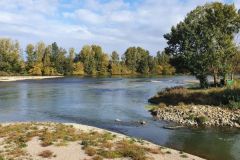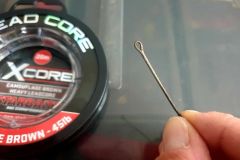Temperature is decisive
Let's talk a little about temperatures, especially water temperature.
Overall, my observations have given me two main indicators.
- The first is 15°C. When the water temperature reaches this threshold, I've noticed that it's less effective to fish with surface lures. As fish move a little deeper below the thermocline, they are a little more reluctant to get on surface lures. I therefore prefer swimming fish or soft lures for prospecting.
- The second is 7°C. When the water drops below 6 or 7°C, many fish, and sea bass in particular, seem to stop feeding. Overall, fish are becoming rarer from the shore. I can certainly count on the fingers of one hand the number of fish caught over the last three years at this temperature.
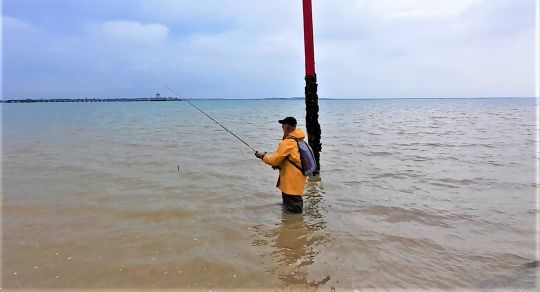
Coefficients are important
I've already told you a little about the tides, but we're going to focus on the coefficients. When I analyze the catches made according to the tides, here are the main trends that can be drawn from them.
The coefficients can be divided into two large segments:
- Below coefficient 62, neap tides are rarely good times for bass fishing. Weak currents and water movement make them more difficult to track. I prefer these small tides for surfcasting and cephalopod fishing.
- Above coefficient 90, no worries, the fish will be there, but the tidal conditions make this fishing more technical and faster. The water is generally fuller of sediment and algae, making it difficult to collect salad.
The most important thing is to remain vigilant about your safety. Water levels are higher and waves generally stronger, so calculate your twelfths carefully to avoid getting trapped.
As you can see, I recommend coefficients between 60 and 90. Depending on your fishing spots, they often offer ideal conditions for sea bass stalking. Currents will be present and easy to analyze. Variations in water level allow you to link up positions while remaining safe, and the tidal range generally keeps the fish longer in each zone. So if you're in this situation, get out your rods and have some fun.
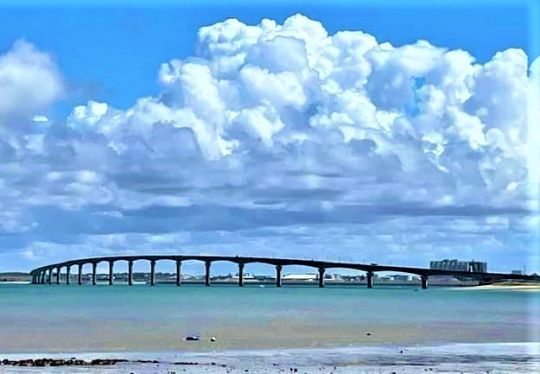
The best times
I know that many anglers have a preference for fishing on the ebb at low tide, but I've noticed that I get better results on the rise. So I prefer the last 2 or 3 hours of the run and the 2 hours following high tide.
With water levels at their highest, many of my positions offer more opportunities for fish, which become more accessible from the shore. And if these times coincide with sunrise or the onset of nightfall, you'll have the ideal conditions for taking on the King of the Sea.
